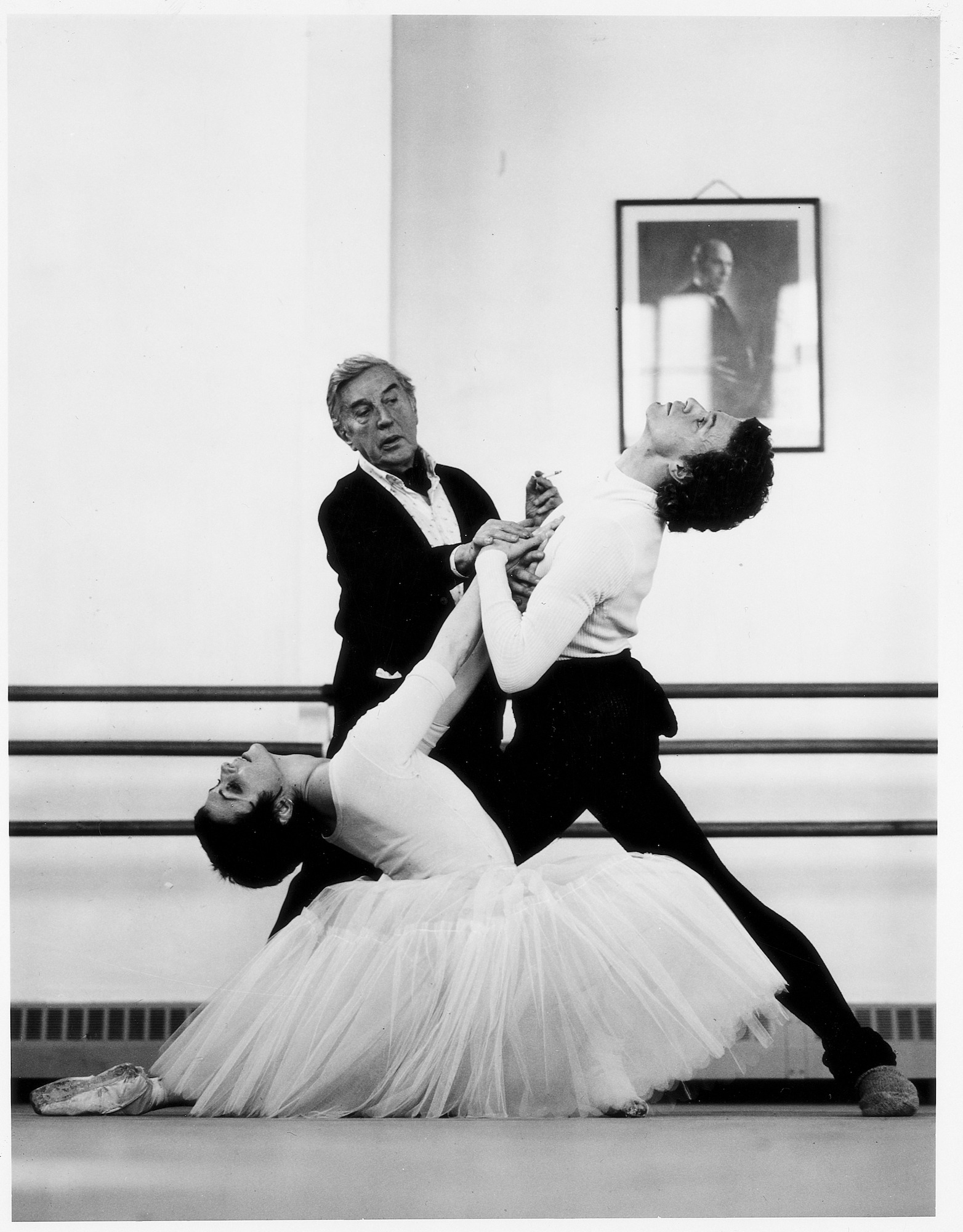people » Frederick Ashton
Frederick Ashton (1904-1988). British dancer, choreographer and director
Frederick Ashton was a 20th-century man, whose life spanned two World Wars and the turmoil and social upheaval this inevitably brought about. His life also reflected the birth and development of British ballet, in whose creation he played a central role. The work he has left us is one of the major artistic achievements of this country.
Born in Ecuador in 1904, which no doubt affected Ashton’s relationship to this country, it was in Peru in 1917 that he saw Anna Pavlova dance, perhaps the key moment of his life. She ‘injected him with her poison’, as he himself put it. Pavlova’s chosen teacher was Enrico Cecchetti, who was to become one of Ashton’s major influences. Cecchetti’s classes, teaching and style were hugely important in the early years of British ballet, and Ashton remained a lifelong believer.
One of the main challenges of Ashton’s work is precisely the integration and juxtaposition of fleet, fine and expressive footwork, with a wealth of movement in the body and back, shoulders, arms, neck and head. You will often hear people talk about Ashton and bending, which is right as far as it goes, but when and how to bend is both the point and the difficulty. It has to be for the right reason, at the right moment, and not just for the sake of it. The subtlety and seeming simplicity of the dancing in Ashton’s ballets brings your eye into the detail. His choreography is never acrobatic. Even in The Dream (1964), where there are plenty of pyrotechnics, technique is subservient to drama, mood and beauty. This ballet is a brilliant summation both of Shakespeare and of Ashton himself. In the development of what became The Royal Ballet, where Ninette de Valois was the driving force and a brilliant administrator, Ashton’s poetry and creativeness was the ideal counterpart and, as de Valois herself said, ‘the Ashton scene was kaleidoscopic, encompassing themes and moods of all types and genres’.

